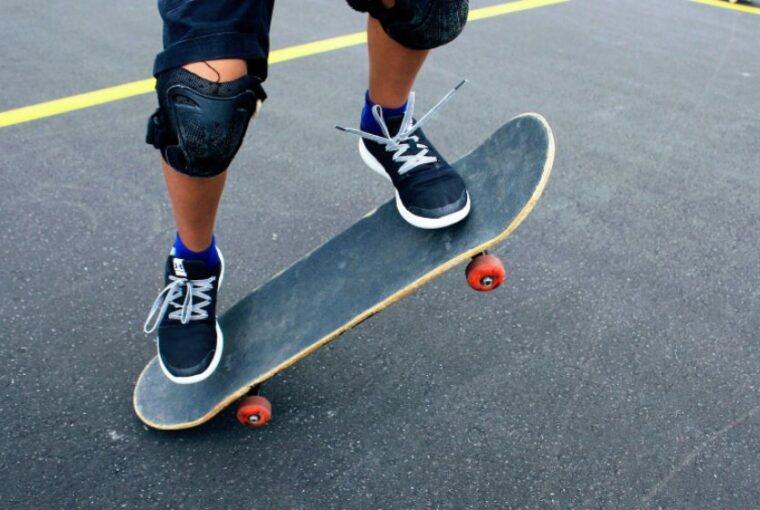Ankle braces have become quite popular among athletes, fitness enthusiasts, and people recovering from ankle injuries. These devices provide stability and support to the ankle joint, reducing the risk of sprains or strains. However, like any product or treatment method, there are advantages and disadvantages associated with using ankle braces. In this blog, we’ll explore the pros and cons of wearing ankle braces so that you can decide whether they’re suitable for your needs.
Benefits of Wearing Ankle Braces
Improved Stability: One of the benefits of wearing a foot and ankle brace is enhanced stability. Ankle injuries often occur when you force the joint beyond its range of motion due to twists or rolls. Ankle braces restrict movement, providing added stability and reducing the chances of injury.
Injury Prevention: Ankle braces can prevent injuries such as sprains and strains by limiting range of motion, and this is especially beneficial for athletes involved in sports that require movements or sudden changes in direction.
Support during Rehabilitation: People undergoing ankle rehabilitation can find help by wearing braces as part of their recovery process. Ankle braces support weakened or injured ligaments, facilitating a healing process.
Pain Relief: If you’re dealing with pain in your ankles or conditions like Achilles tendonitis or plantar fasciitis, wearing an ankle brace can help by relieving pressure on the affected area and providing relief.
Downsides of Using Ankle Braces
Limited Mobility: While ankle braces offer stability and support, they may restrict mobility in certain situations. The rigid structure of the brace might hinder movements, particularly concerning potentially rigorous activities that require extensive footwork or agility.
Weakened Muscle Strength: Depending heavily on support from an ankle brace can gradually weaken the muscles surrounding the joint since they don’t have to work hard to maintain stability. This weakening can lead to reliance on ankle braces, compromising the strength and balance of the joint.
Discomfort and Skin Irritation: Extended use of ankle braces can cause discomfort and irritation to your skin due to contact with the brace material. Choosing fitted braces made from comfy materials is essential to minimize these issues.
Psychological Dependency: Individuals who frequently wear ankle braces may develop a reliance on them for a sense of safety and confidence during physical activities. This dependency might hinder individuals from rehabilitating their ankles and regaining joint strength.
Finding the Right Ankle Brace
When choosing an ankle brace, it’s essential to consider your needs, injury history, and activity level. Here are some key factors to consider:
Proper Fit: Make sure the ankle brace you select fits snugly without causing discomfort or placing pressure on affected areas.
Level of Support: The type and amount of support required can vary depending on factors like injuries, daily activities, and personal preferences. Consult with a healthcare athletic trainer who can help determine what kind of support you need.
Range of Motion: Consider how much movement is necessary for your activities or rehabilitation goals. Some individuals may benefit from braces that offer flexibility while still providing support.
Breathability: Look for ankle braces made from neoprene or mesh fabric that allow air circulation, reducing the risk of skin irritation. It keeps your feet dry.
Conclusion
Ankle braces can prevent injuries, offer support during rehabilitation, and relieve pain associated with conditions. However, it’s important to note that improper usage may lead to decreased mobility and potential muscle weakness. Keep these factors in mind when using an ankle brace. To make sure you have all the information to decide whether wearing ankle braces is correct, you consider the advantages and disadvantages based on your situation. Consult with a healthcare professional or a certified athletic trainer if needed.




